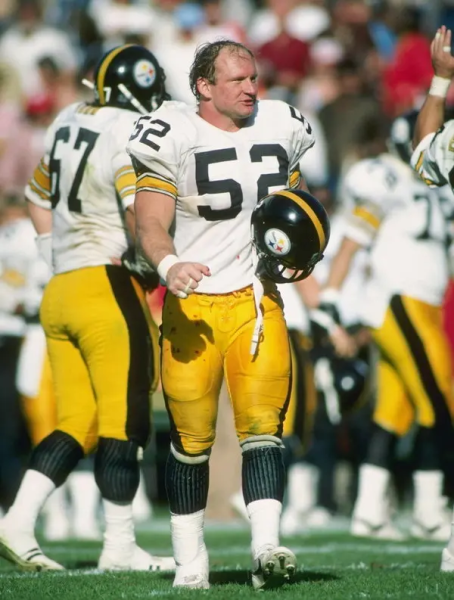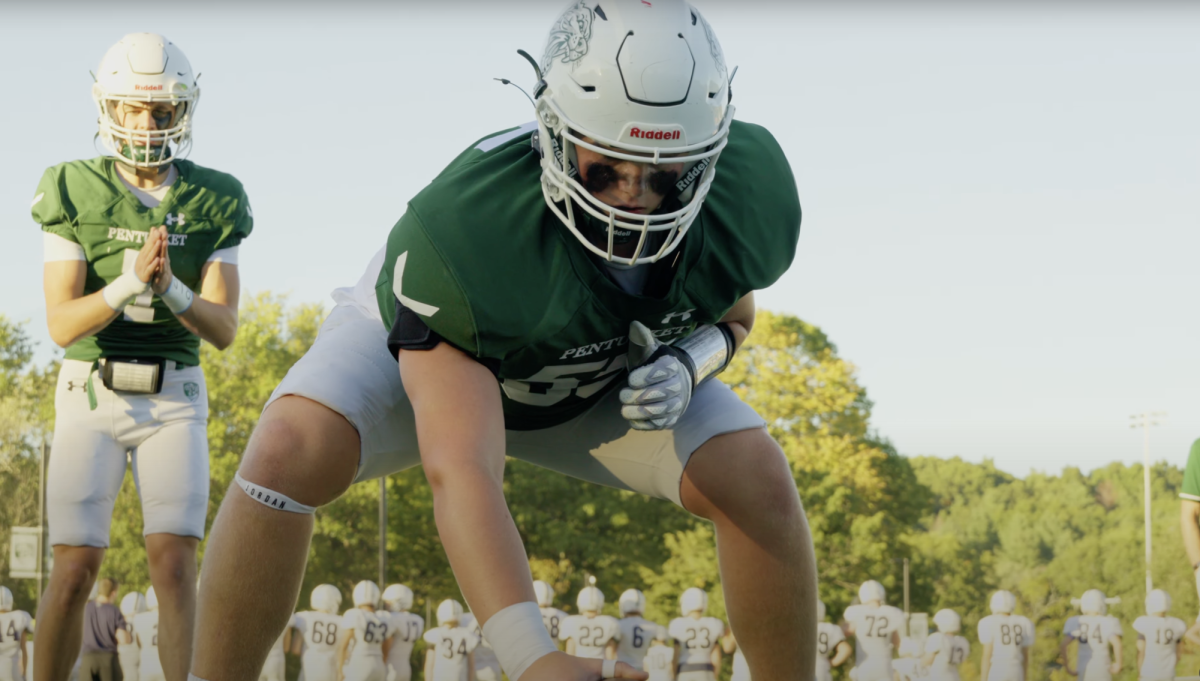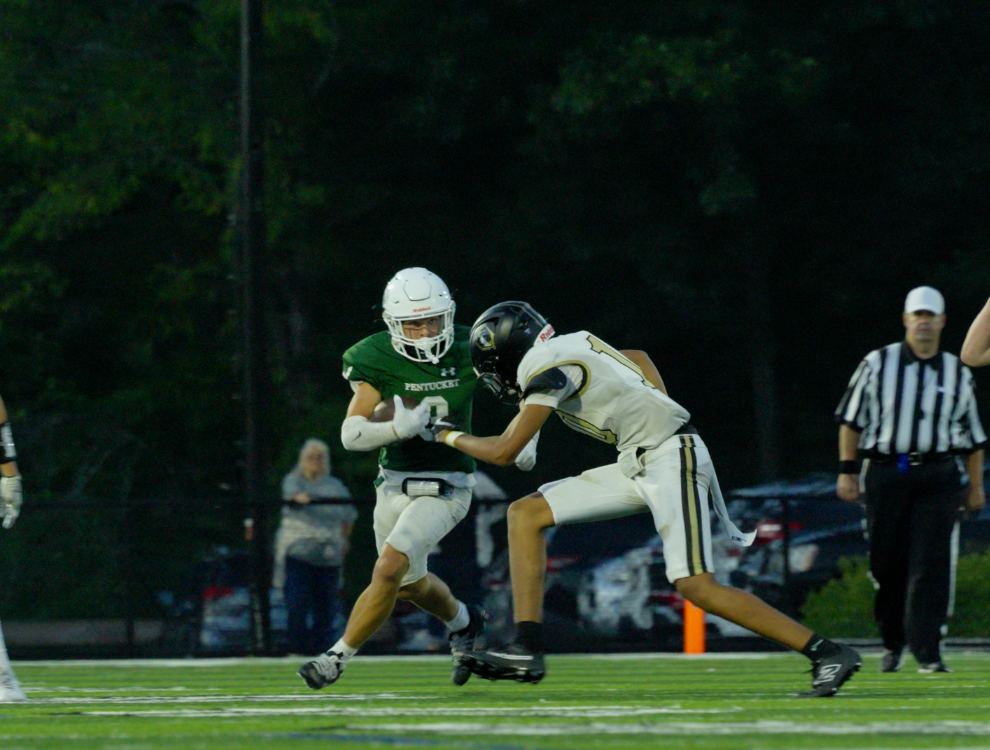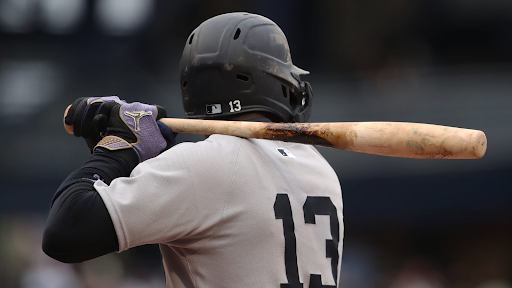Last week, Miami Dolphins’ quarterback Tua Tagovailoa took one of the worst collisions of his career.
In the second half of an intense game against the Buffalo Bills, Tagovailoa ran the ball to complete a first down. However, instead of finishing the play, Tagovailoa ran head-first into the chest of Bills defensive back Damar Hamlin.
Immediately after the impact, Tagovailoa hit the ground and showed signs of significant brain trauma. Tagovailoa’s teammates and medical staff rushed to help as he lay unconscious on the ground, muscles spazzing horrifically.
Later that night, the Dolphins’ quarterback was diagnosed with a severe concussion, which was fairly predictable to the fans watching the game.
However, what fans might not know is that this concussion is the third of Tagovailoa’s NFL career and could put him on the list of the 345 dead NFL players that suffered from CTE.
What Is CTE?
CTE, short for chronic traumatic encephalopathy, is a brain disorder linked to repeated head trauma. When the head experiences a collision or traumatic impact, the brain hits the sides in the skull. This releases an abnormal protein called tau, and the buildup of this protein can significantly damage brain function.
While cases of CTE don’t usually show symptoms from the start, behavioral problems, difficulty thinking, and overall shut down of the brain can occur to athletes later in their lives.
Unfortunately, while doctors can assume that an athlete is suffering from CTE, they can not be totally sure until the athlete passes and their brain can be autopsied. This incurable disease, so to speak, can ultimately lead an athlete to their death without them officially knowing what is wrong with them.
Officially discovered by Bennet Omalu in 2002, Omalu’s first CTE case was Mike Webster. Webster was a talented athlete who played for the NFL for 16 years. He was in the Pro Football Hall of Fame and played in nine Pro Bowls.
However, throughout his career, Webster sustained a number of hits. While he was never officially diagnosed with a concussion, doctors assume he sustained hundreds of minor concussions throughout his career.

Before his death, Webster displayed memory loss, dementia, aggression, depression, and paranoia. He even went as far as super-gluing his rotten teeth back into his mouth. Webster eventually died of a heart attack from excessive drug use and an unhealthy lifestyle. After his death, Omalu autopsied his brain and found major evidence of tau build-up. Researchers link his unnatural behavior to the CTE he obtained while playing football.
Webster was the first of the 345 dead NFL players found with CTE. Many of the CTE cases suffered from similar cognitive symptoms, and while CTE does not directly correlate to suicide, suicide is the leading cause of death in CTE cases in the NFL.
High School Football
High school football is one of the most popular sports in America, with over 16,000 teams and a million players. The environments at high school football games are absolutely electric, with students supporting their school’s team dressed in crazy themes. The cheerleaders always get the crowd going, yelling chants and performing stunts on the sidelines. The energy of high school football games is always loud, thrilling, and exciting.
Almost all NFL players grow up playing high school football. That being said, many researchers are proving that playing football in high school can increase an athlete’s chances of developing CTE.

New measures have been advocated for and put in place to protect the safety of high school football players. Football athletes all over the country are implementing these new measures into their gear and style of play. However, questions are posed as to whether these tactics are actually effective and decrease the risk of concussions and brain damage among young players.
When interviewing junior Steven Harper, who is a multi-position athlete on the Pentucket football team, Harper states, “Concussions on my team are pretty common. I’ve had two concussions this year. Once was when I lowered my head into someone else’s: I whited out and I couldn’t see anything.”
Harper is a talented athlete with a promising future, and to prevent the risk of any brain damage, he wears special equipment. “I use a Q-Collar, which is a really tight collar you wear when you play to keep all of the blood in your head. That keeps your brain from moving around.”
Junior Nick Carrion, another skilled athlete on the Pentucket football team, has been playing football for 10 years. He has also sustained two concussions from playing tackle football. “I think [CTE] scares me, but it doesn’t really hold me back. I can take preventative extra measures to protect myself and I can make sure I’m playing safe during the game.”
Carrion mentioned playing football with a guardian cap, which is a padded cover that goes on top of the helmet. Guardian caps have significantly reduced the risk of concussions and other trauma to the head.
Coach Steve Hayden, who has been the head coach of Pentucket football for over 40 years, states, “I’m always concerned about the health of our athletes. We are always looking out for their safety.”
The Big Picture
Football is arguably the most popular sport in America, with an average of 21.4 million viewers watching the NFL on Sunday night. The NFL has significantly established its empire through its 17 regular season games, playoffs, Super Bowl, and 410 million fans worldwide.
This competitive and compelling sport is an absolute staple to American culture, whether that be at the professional or high school level. CTE has also only recently become a circulating topic in the NFL’s news.
In fact, the number of NFL athletes diagnosed with CTE is minuscule compared to the total number of men who have played in the league. Only 345 NFL players have been diagnosed with CTE, while there have been over 25,000 total NFL players.
However, CTE is and will continue to be an issue to be discussed and debated on, as it poses major long-term risks to the health of football players. Tagovailoa is most likely one of the hundreds of athletes currently in the NFL who will suffer from major cognitive deficiencies later in life.
The NFL athletes that many Americans love and cherish contribute to the significant meaning of football in this country, and have created a strong sense of community throughout football-loving fans. It lies on the shoulders of everybody, NFL athletes included, to protect their health and sustain the league that has brought sports in America to life.



















Tessa Neumann • Oct 23, 2024 at 10:30 am
I think the mention of CTE and explaining the significance of brain injuries is really smart and important especially with the mention of not knowing the damage until after passing away. This is a really cool fact and should be further researched in the medical field and more well known within sports.